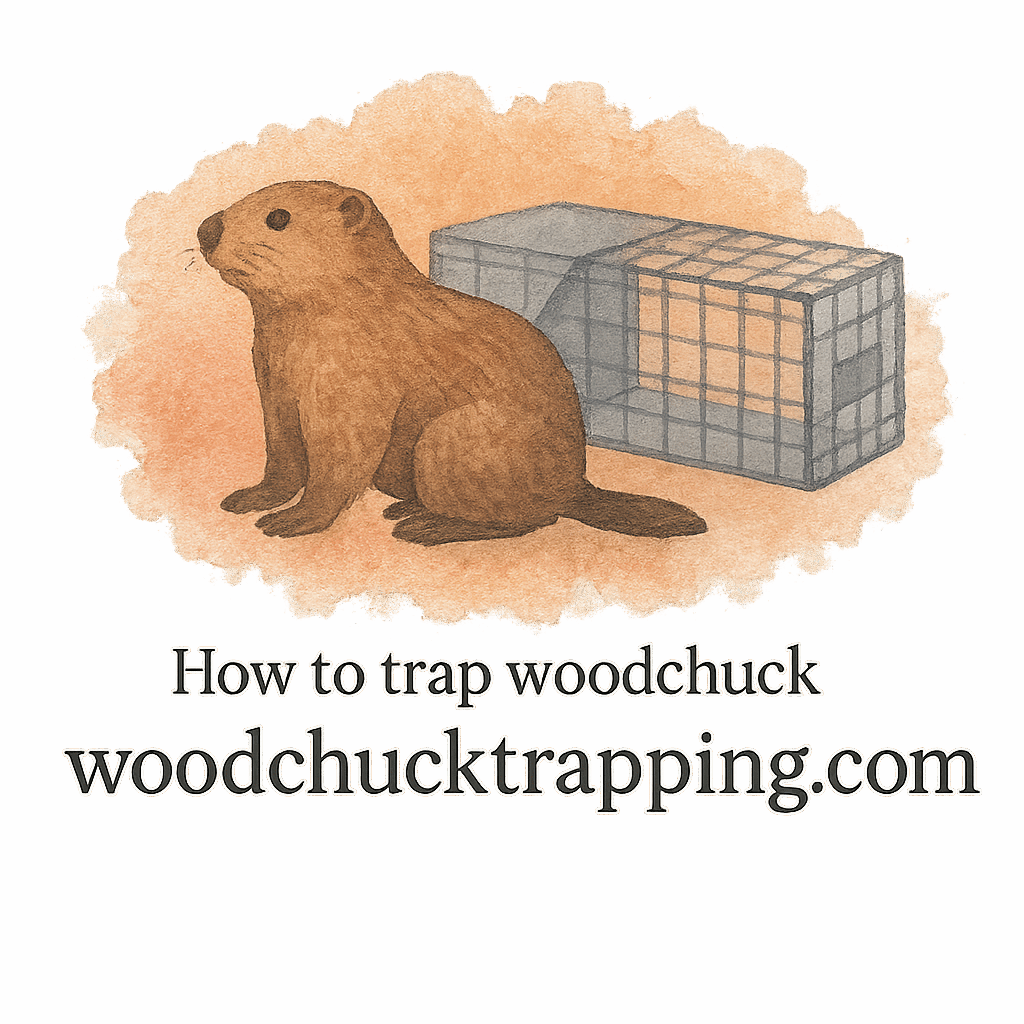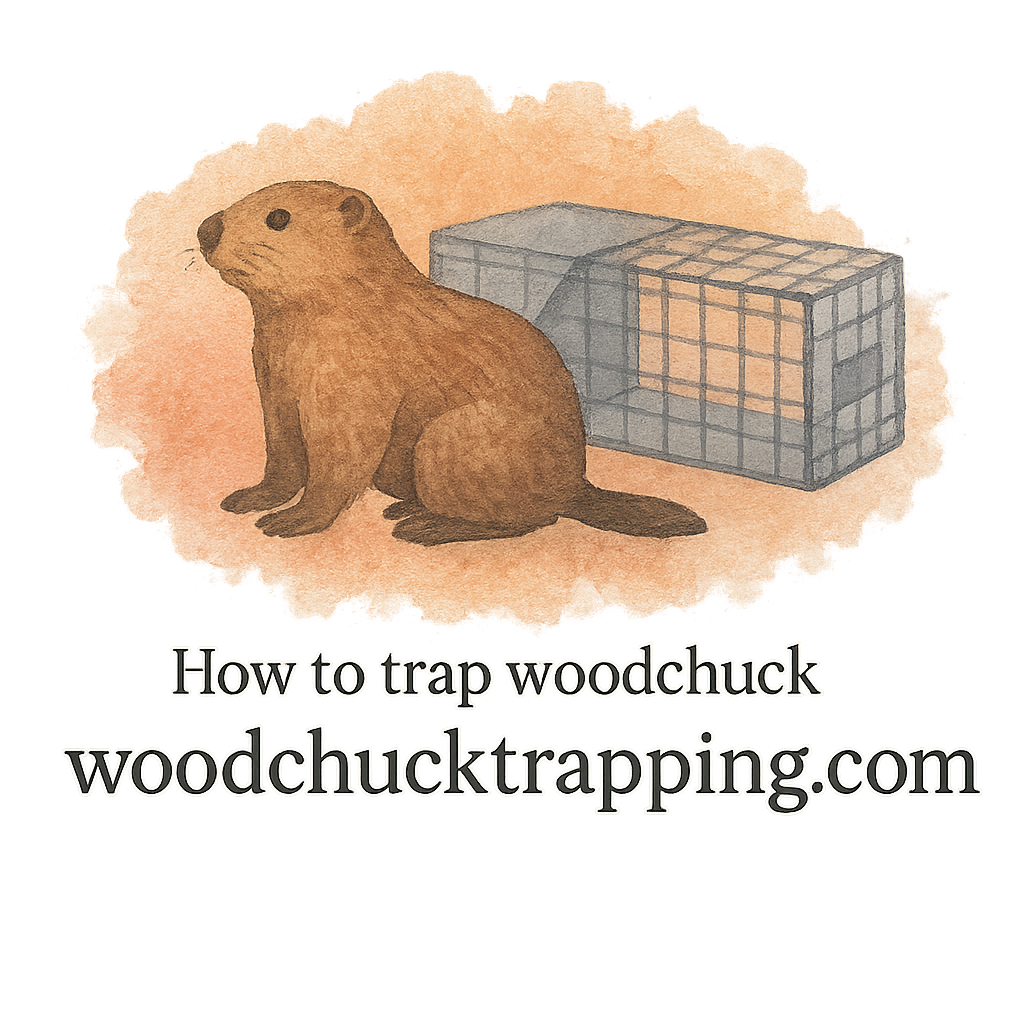Introduction
If you’ve ever looked out at your yard only to find fresh dirt piles and burrows, you know how frustrating woodchucks (a.k.a. groundhogs) can be. These critters are masters of digging, and without the right approach, they’ll quickly take over. That’s where proper woodchuck trapping techniques come into play. But here’s the secret: it’s not just about the trap—it’s about the tools you use along the way.
In this article, we’ll cover 10 essential tools that make woodchuck trapping techniques easier, plus how to use them effectively. Whether you’re a beginner or experienced trapper, you’ll walk away with practical, step-by-step insights to keep your yard safe.
Understanding Woodchuck Trapping
Why Trapping Matters
Woodchucks can cause significant yard damage by digging deep burrows near gardens, sheds, and even foundations. Learning how to trap them not only saves your lawn but also prevents future infestations.
Common Challenges in Woodchuck Control
The tricky part? Woodchucks are cautious creatures. They notice unusual smells, avoid suspicious objects, and can outsmart poorly set traps. That’s why having the right trapping tools makes all the difference.
Essential Tools for Woodchuck Trapping
Let’s dive into the top 10 tools that make trapping easier, more efficient, and humane.
1. Compact Live Traps
Compact traps are the backbone of woodchuck trapping. They’re designed to safely capture the animal without harm.
Benefits of Compact Traps
Compact traps are easier to place in small yards and near burrows where woodchucks travel. You can explore reviews of compact traps before choosing the right one.
2. Heavy-Duty Gloves
If there’s one tool trappers should never skip, it’s gloves.
Handling Safety
Not only do gloves protect your hands, but they also help reduce human scent on traps—a critical step for tricking cautious woodchucks.
3. Scent Baits & Lures
No trap works well without the right bait.
Choosing the Right Scent
Using scent baits like fruits, vegetables, or commercial lures makes traps more attractive. For guidance on baiting strategies, check out baiting and luring tips.

4. Trap Scent Neutralizers
Even the best traps won’t work if they smell like human hands or chemicals.
Why Trap Odor Matters
Neutralizers or scent-removing sprays mask unnatural odors. For more on how scent impacts trapping, read about trap scent essentials.
5. Baiting Containers
Small containers keep bait in place and prevent it from being stolen by other critters.
Placement Tips
Position containers near burrow entrances or inside traps to lure woodchucks directly.
6. Trap Covers & Camouflage
Traps that stand out often go unused.
Making Traps Blend In
Using covers, grass, or natural camouflage helps traps disappear into the environment. This small tweak boosts success rates significantly.
7. Digging Tools for Burrows
Woodchucks are digging experts, and spotting their burrows is the first step to trapping.
Spotting & Managing Burrows
With the right digging tool, you can locate tunnel systems and place traps strategically. More details on burrow management are available here.
8. Motion-Activated Cameras
Want to know when woodchucks are most active? Cameras can help.
Tracking Signs of Activity
Motion cameras reveal signs of activity and help confirm whether woodchucks are still in the area.
9. Safety Gear
Personal protection matters more than most people think.
Staying Protected
From boots to protective clothing, safety gear keeps you secure when handling traps or animals. For more, visit laws and safety guidelines.
10. Transport Cages
Once a woodchuck is trapped, you’ll need a safe way to move it.
Humane Handling of Trapped Animals
Transport cages ensure the trapped animal stays calm and contained during relocation. Learn about humane methods here.
How to Combine Tools for Better Trapping Techniques
Efficient Setup Strategies
Think of these tools like puzzle pieces. When used together—such as gloves, bait, and scent neutralizers—they dramatically increase your odds of success.
Reducing Yard Damage
Tools not only help with trapping but also reduce yard damage by preventing long-term infestations.
Mistakes to Avoid with Woodchuck Trapping Tools
Overusing Baits
Too much bait can actually discourage woodchucks. Use just enough to lure them without overwhelming the area.
Ignoring Trap Placement
Even the best trap fails if placed incorrectly. Always set traps near burrows and common feeding paths.
Laws, Safety, and Humane Considerations
Legal Guidelines
Each state has different rules on woodchuck trapping. Check out laws and safety before starting.
Ethical Trapping Practices
Humane methods are key. Always prioritize animal welfare by using humane techniques and the right trapping essentials.
Conclusion
Woodchuck trapping doesn’t have to be a guessing game. With the right tools—from compact traps and gloves to cameras and transport cages—you can improve your trapping success while keeping things safe and humane.
When these tools work together, they form a complete trapping system that saves time, protects your property, and ensures ethical handling of wildlife.
FAQs
1. What is the most effective woodchuck trapping tool?
The most effective is a compact live trap, especially when paired with proper bait and scent control.
2. Do I need to use gloves when trapping woodchucks?
Yes. Gloves protect your hands and prevent your scent from deterring woodchucks.
3. What bait works best for woodchuck traps?
Fruits, vegetables, and specialized scent baits or lures are highly effective.
4. How can I tell if woodchucks are still in my yard?
Look for signs like fresh dirt mounds, burrows, or use motion-activated cameras.
5. Are there humane ways to trap woodchucks?
Absolutely. Using live traps and humane relocation methods ensures animal safety.
6. What mistakes should beginners avoid?
Avoid placing traps too far from burrows and over-baiting the trap.
7. Do I need a permit to trap woodchucks?
That depends on your state. Always check local laws and safety guidelines.


